The Culture Of Bolivia
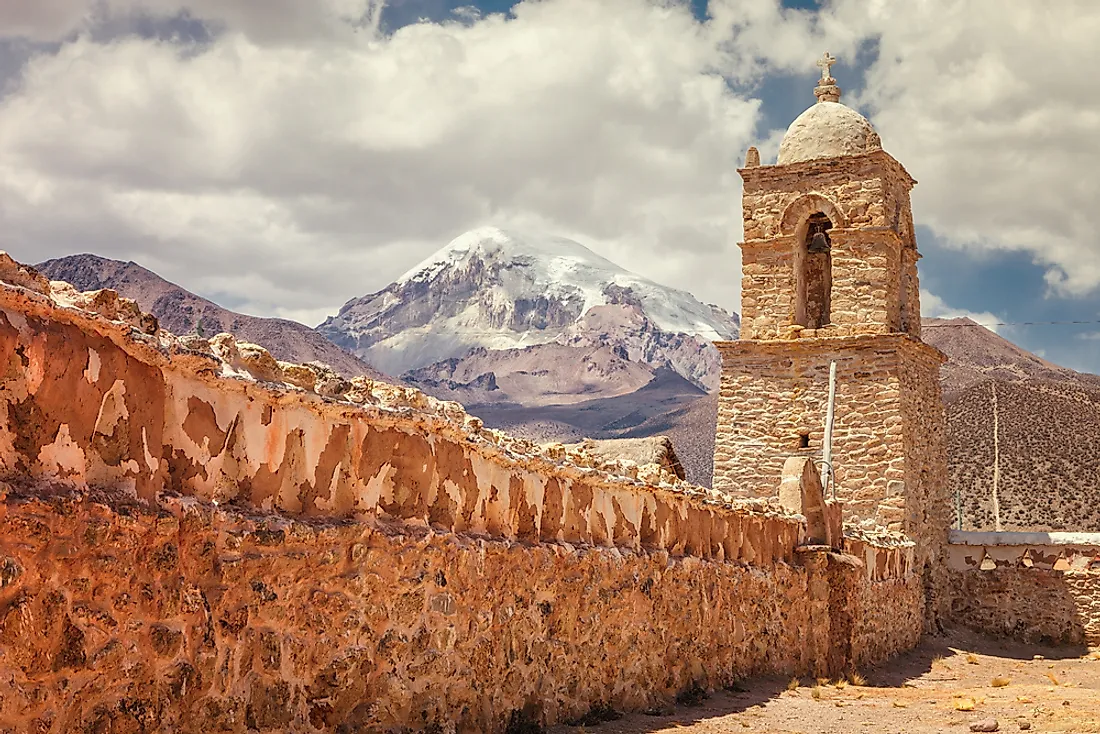
- Bolivia's culture is a testament to its prominent Indigenous population, with influences from Spanish colonial rule.
- In rural areas, Bolivians will often wear traditional clothing styles, but younger generations and urbanites will usually wear Western styles.
- The most popular sport in Bolivia is by far football (soccer), and they have a national team.
- Though Bolivian literature has been slow to develop, the music, arts and dance traditions in the country are strong.
- 36 different Indigenous groups inhabit Bolivia.
Bolivia, a landlocked country located in South America, has a population size of 11.67 million. The national identity of Bolivians has evolved throughout different historical periods, including pre-colonization, Spanish rule, and post-independence. It is representative of a combination of Indigenous and Spanish customs and traditions, and this combination of influences on the culture is still very palpable today. The festivals, food, arts, clothing, architecture, and social beliefs have all been influenced by the rich history of this country. Indigenous identity’s importance is reflected in the population of Bolivia: over 55% are Indigenous, and between 30% and 40% are Mestizo, meaning of mixed Spanish and Indigenous descent.
Religion And Festivals
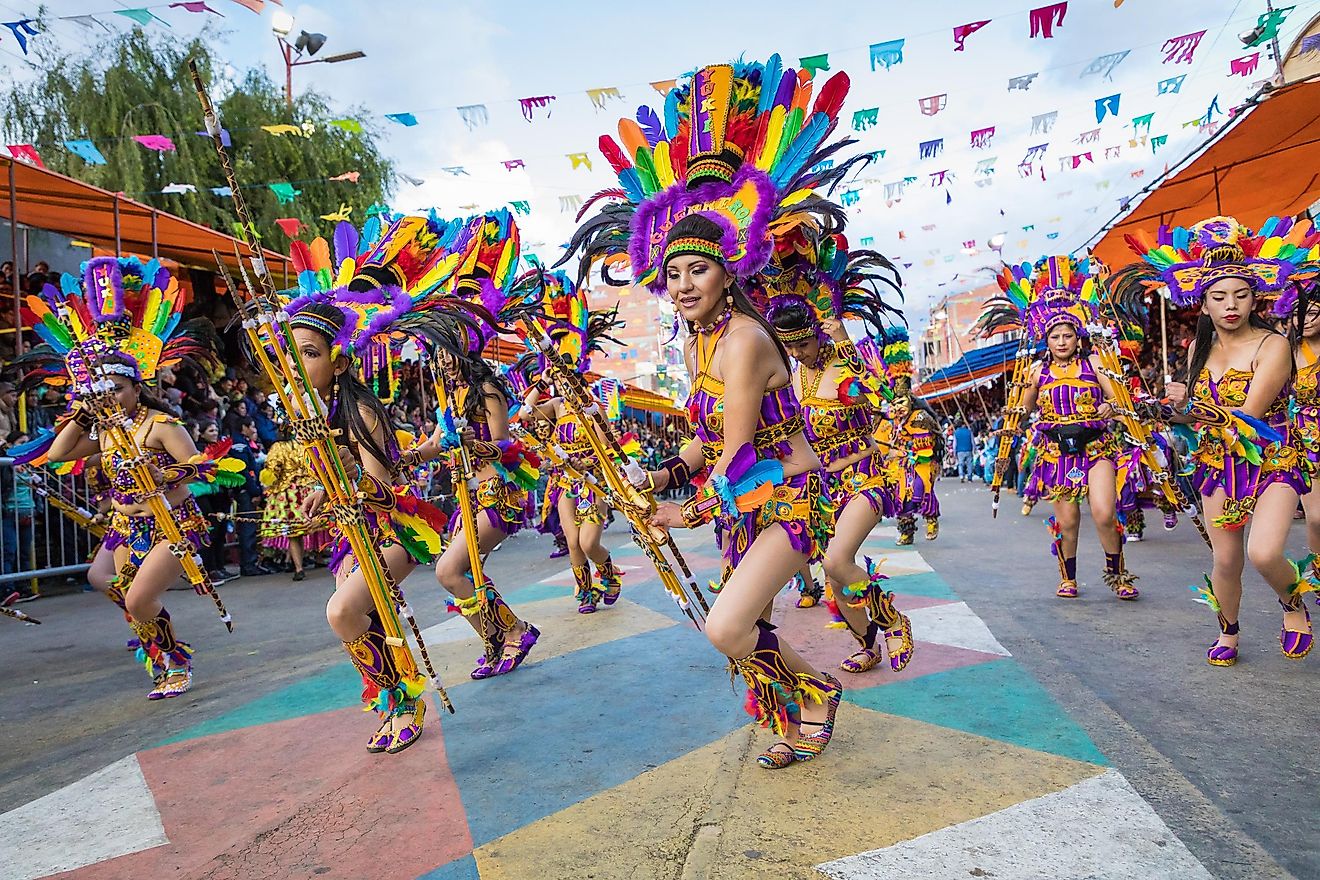
The vast majority of the population, 92.5%, of Bolivia identifies as Christian. The most widely practiced Christian denomination is Catholicism. Another 3.1% of the population reports practicing an indigenous religion and just over 4% report practicing either the Baha'i faith or are Agnostic.
The Catholic Church has a history of close governmental control in the country. It was not until the 1960s that the separation of church and state actually occurred. Traditionally, the Catholic church has been concentrated in urban areas of the country, leaving rural areas with less Christian influence. Because of this, Indigenous groups developed a unique type of Catholicism by mixing folk beliefs with Catholic teachings. This mixture can be seen today in the many festivals celebrated throughout the country.
One of the most well-known festivals in Bolivia is the Carnaval de Oruro, which is recognized by UNESCO as one of the Masterpieces of the Oral and Intangible Heritage of Humanity. This festival dates back to the pre-colonial era when it was celebrated as a pilgrimage to the sacred mountains of Oruro to ask the deities of the Indigenous spiritualism for protection throughout the year. During the 17th century, Spanish colonists prohibited Indigenous religious celebrations. In response, the Uru people simply incorporated Catholic themes to take the place of Indigenous gods and continued celebrating. The Carnaval de Oruro is held at the beginning of February every year. More than 400,000 spectators, 28,000 dancers, and 10,000 musicians participate.
Cuisine Of Bolivia
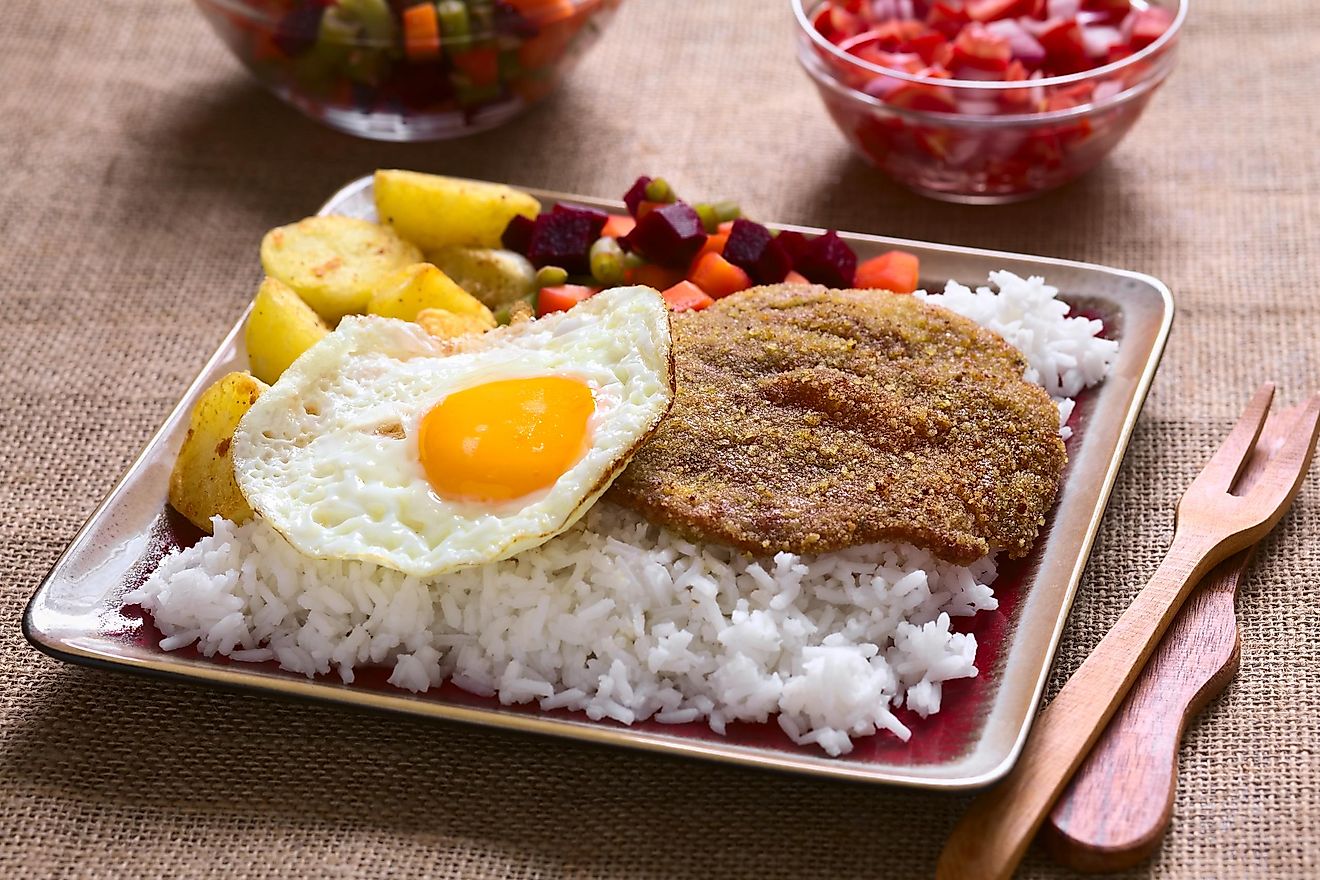
The cuisine of Bolivia is based on Indigenous Andean ingredients like potatoes, corn, beans, and quinoa and was first influenced by staples brought by Spanish immigrants like rice, wheat, beef, and chicken. Later, waves of immigrants also left their mark on the gastronomy of the country, including those from Germany, Russia, Italy, Croatia, and Poland.
Silpancho is a typical Bolivian dish. It consists of a plate of rice topped with a layer of boiled potatoes. A flattened cut of meat, usually beef, is placed on top of this. The dish is topped with chopped tomatoes, onions, beets, parsley, and a fried egg. Bolivian cuisine varies geographically, but the national dish is called Salteña and consists of a crescent-shaped pocket of dough filled with vegetables and meat.
Clothing Of Bolivia
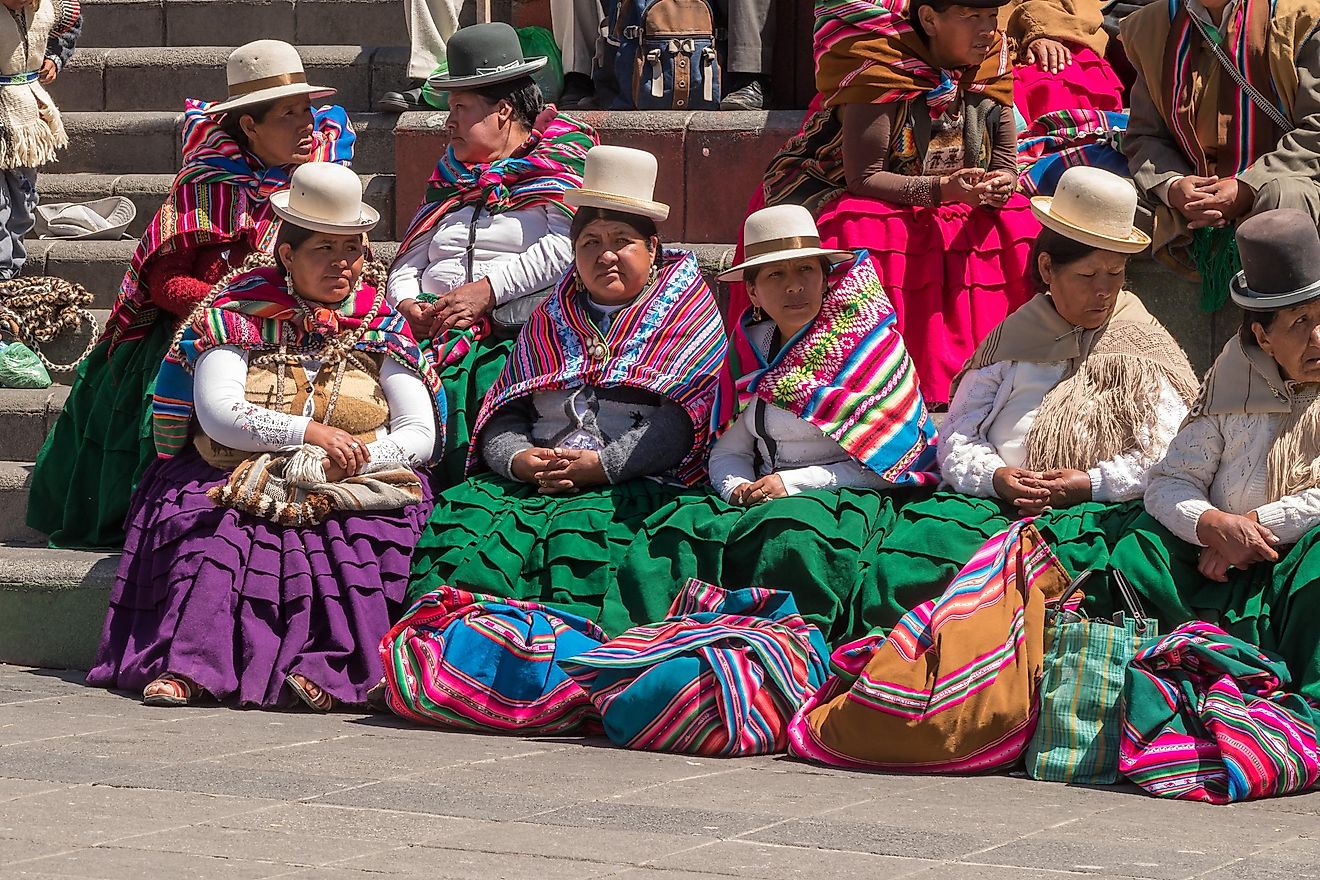
Urban inhabitants and the younger generation of Bolivians wear typical western-style clothing, like jeans, t-shirts, and sneakers. Older individuals and those living in more rural areas tend to wear traditional clothing. Women, for example, can usually be seen wearing a pollera, which is a long, pleated, colorful skirt. Additionally, they often wear a 19th century-style bowler hat and a colorful shawl over layers of sweaters. Lightweight shawls called a manta are commonplace and are usually decorated with Indigenous patterns. Traditional clothing for men often includes ponchos and vests.
Music And Dance
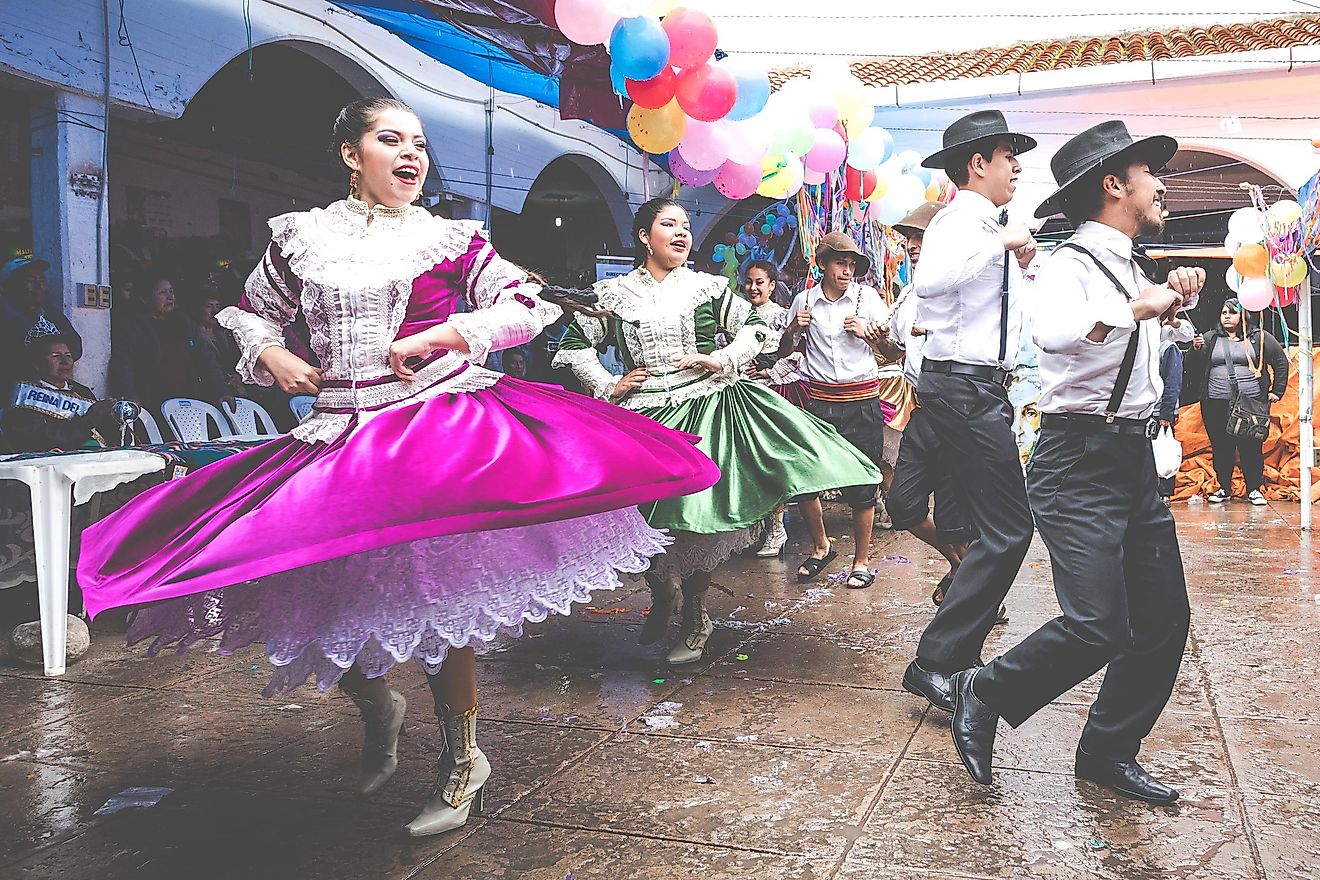
The music and dance of Bolivia are just as varied as the food, history, and cuisine of the country. Although the music was significantly influenced by European standards during colonialism, traditionally Indigenous music underwent a revival during the 1950s. This increased awareness of Indigenous customs and traditions was because of the cultural and political reforms of the time. This Indigenous identification movement continued throughout several decades and had a lasting impact on Bolivian music.
One of the most popular types of music here is called Huayno, which is characterized by high-pitched singing and the use of several instruments, including the harp, accordion, charango, guitar, saxophone, and flute. Huayno is also the name of the dance that accompanies the music. A man either provides his right arm to a woman as an invitation to dance or places his handkerchief on her shoulder. If the woman accepts the invitation, the couple joins a circular group of dancers. The dance steps resemble rapidly stomping feet, with the man following the woman. The couple only occasionally touches by bumping shoulders.
Arts And Literature
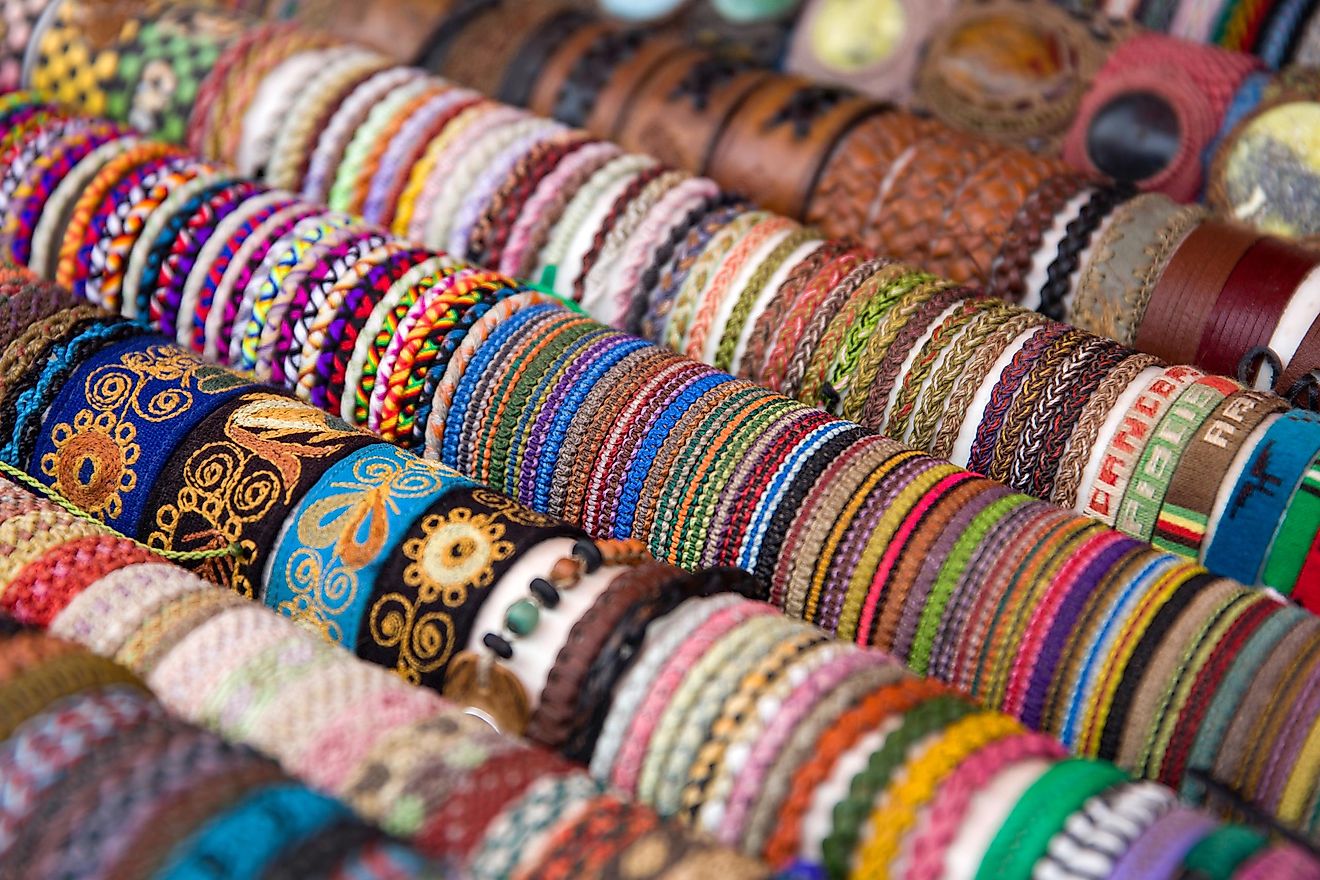
Bolivian art covers a variety of mediums ranging from paintings to sculptures and everything in between. One of the most well-known styles of art here is known as Mestizo Baroque, which is a mix of Indigenous influences with traditional Spanish religious art. Recently, Bolivia has experienced a renewed interest in art and several galleries and museums have been established. Some accomplished artists from the modern era include Maria Luisa Pacheco, Guzmán de Rojas, Marina Nuñez del Prado, and Alfredo da Silva.
Bolivian literature has been slower to develop its own style. This slow evolution is because the country lost many of its talented authors and poets to emigration due to years of political instability and violence. The other factor that contributes to the limited amount of Bolivian literature is the large percentage of the population that speaks an Indigenous language like Aymara or Quechua. People from these cultures tend to practice oral storytelling rather than storytelling through the written word. Some of the most well-known Bolivian writers include Oscar Cerruto, Adela Zamudio, Víctor Hugo Arevalo Jordan, and Gustavo Navarro.
Sports In Bolivia
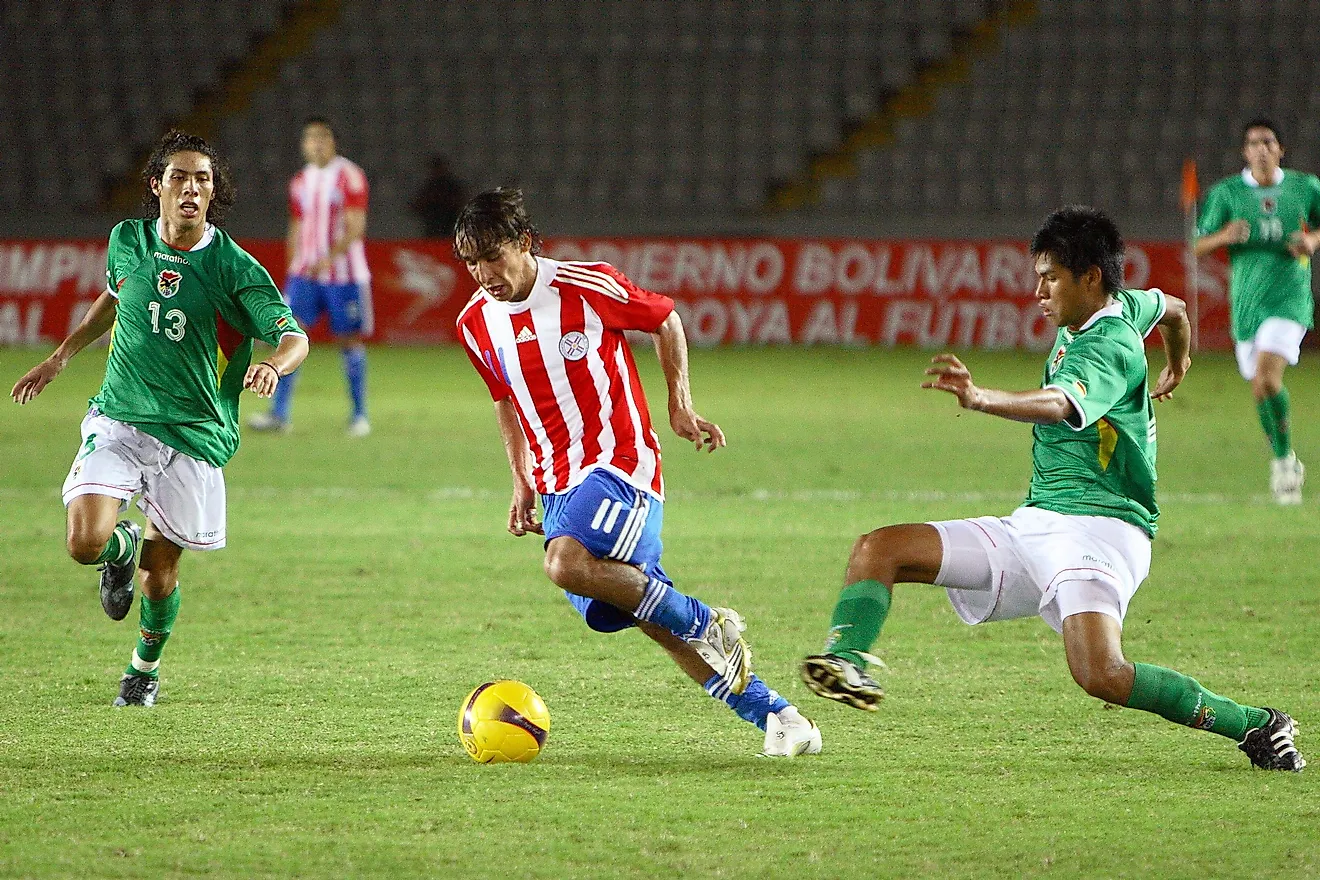
The most popular sport in Bolivia (and in the world) is football, known in North America as soccer. Men’s and women’s national teams are organized by the Federación Boliviana de Fútbol, the national governing entity. The Bolivian national team has participated in the Copa América 23 times, the FIFA World Cup three times, and the Confederations Cup once. Currently, the team holds 69th place in the world.
Bolivians also play Paleta, which is played with a racket on a large outdoor court. Volleyball and table football are also popular in the country.
Social Beliefs And Customs In Bolivia
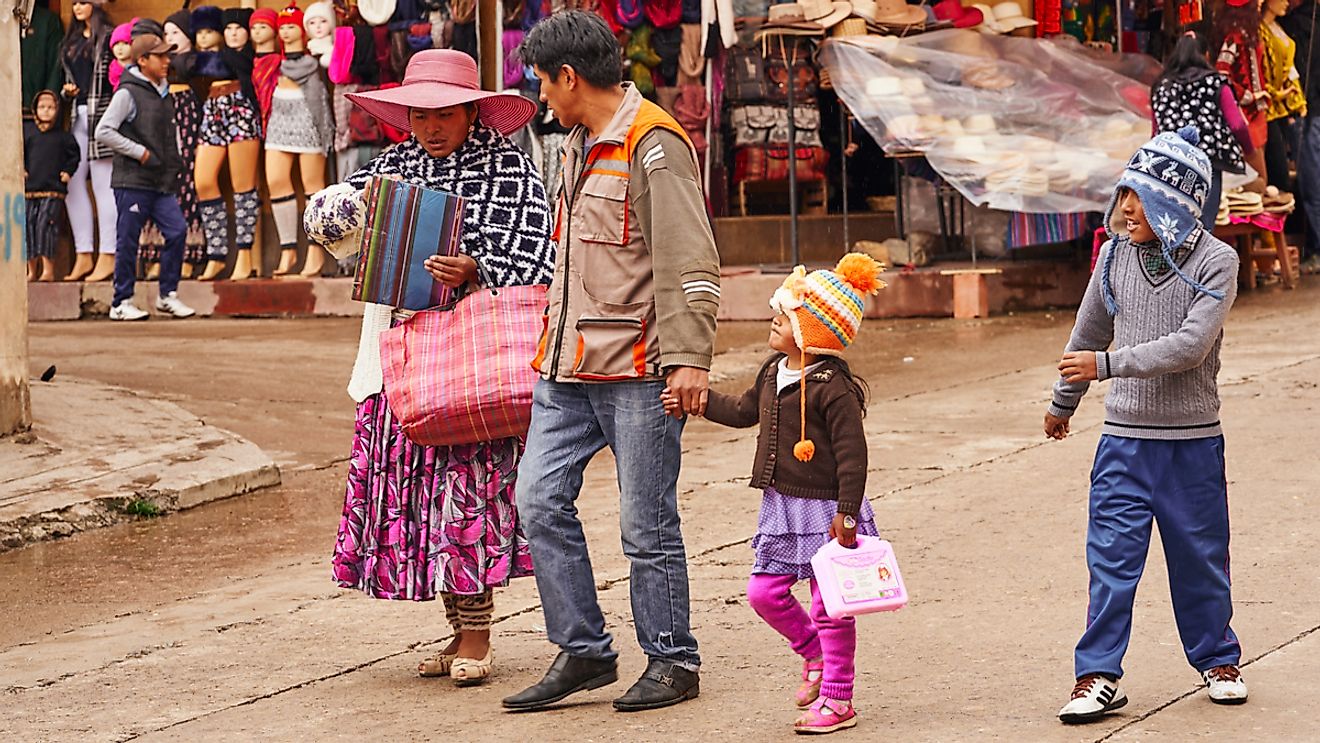
The social beliefs and customs of Bolivia depend on the geographic region and the particular Indigenous affiliation. Generally speaking, the population here is socially conservative and focused on the family. Most households include the extended family, with grandparents, aunts, uncles, and children living in the same home. Marriage also plays an important role in society here and is generally expected of everybody, particularly in rural areas. With more than 36 Indigenous groups living throughout the country, the customs of each group are just as diverse. This includes superstitions, social practices, and traditional customs.











